On-Page SEO focuses on optimizing individual web pages for higher search rankings. Key strategies involve page speed optimization, reducing bounce rates and increasing time on site, which positively impacts algorithms and mobile usability. Techniques include HTTP request minimization, image optimization, browser caching, CDNs, efficient code compression, responsive design, lazy loading, and continuous performance audits using tools like Google PageSpeed Insights for actionable improvements. By implementing these strategies, developers can significantly boost page speed and overall On-Page SEO performance.
In today’s digital era, page speed optimization is a critical component of successful On-Page SEO strategies. A fast-loading website enhances user experience, reduces bounce rates, and improves search engine rankings. This comprehensive guide delves into the essential aspects of On-Page SEO and its direct impact on page speed. We’ll explore key factors, technologies, and techniques that empower you to optimize web pages, ensuring they load swiftly and efficiently, ultimately driving better online visibility and engagement.
Understanding On-Page SEO and its Impact on Page Speed
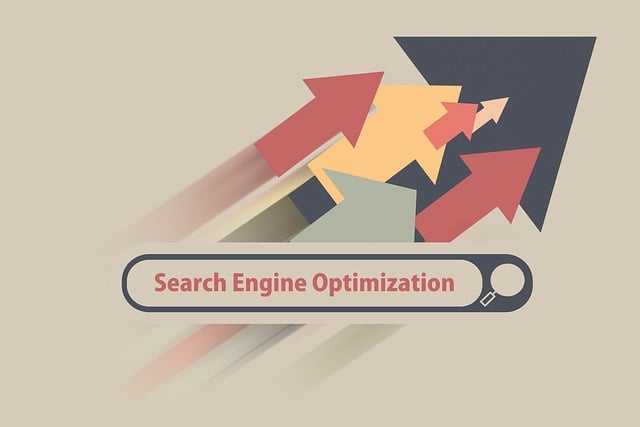
On-Page SEO is an essential component of search engine optimization that focuses on optimizing individual web pages to rank higher and earn better visibility in search engine results pages (SERPs). It involves various strategies and techniques tailored to enhance the relevance, authority, and overall user experience of a webpage. One critical aspect of On-Page SEO is page speed optimization, which plays a pivotal role in both user satisfaction and search engine algorithms.
When a website loads quickly, users are more likely to engage with the content, leading to lower bounce rates and increased time spent on the site. This behavior signals to search engines that the webpage provides a positive user experience, influencing ranking factors. Fast-loading pages also improve mobile usability, as mobile users tend to abandon slow websites, further emphasizing the need for optimized page speed. By implementing strategies like minimizing HTTP requests, optimizing images, leveraging browser caching, and utilizing content delivery networks (CDNs), web developers can significantly enhance page speed, thereby strengthening the On-Page SEO efforts.
Key Factors for Optimizing Web Pages for Speed
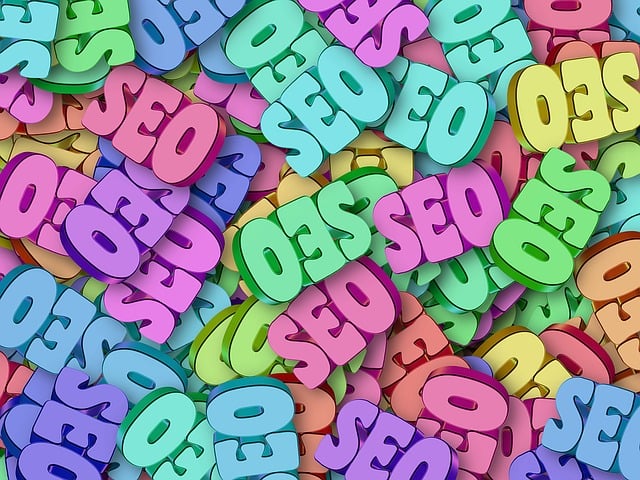
Optimizing web pages for speed is a crucial aspect of On-Page SEO, as it directly impacts user experience and search engine rankings. Key factors include minimizing page load times, ensuring efficient code compression, leveraging browser caching, and optimizing image sizes. By implementing these techniques, you reduce the time it takes for a webpage to display fully, making it more engaging for users.
Additionally, mobile-friendliness is an essential consideration. With the majority of internet traffic coming from mobile devices, ensuring your pages load swiftly on smartphones and tablets is vital. Responsive design, lazy loading, and optimizing for faster network connections all contribute to achieving this goal. These practices not only enhance user satisfaction but also signal to search engines that your site is optimized for modern web standards.
Role of HTML, CSS, and JavaScript in Page Load Time
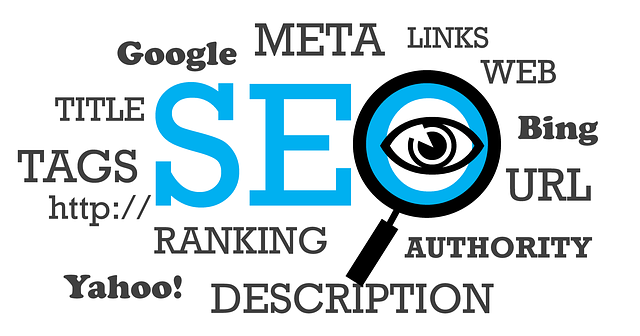
The role of HTML, CSS, and JavaScript is pivotal in determining a webpage’s load time, which significantly impacts on-page SEO performance. HTML structures the content of a page, acting as the foundation for all other elements. Efficient HTML coding practices, such as minimizing unnecessary tags and attributes, can reduce file size and expedite loading.
CSS enhances the visual appeal of a website by controlling its styling. Optimizing CSS involves compressing files, using modern techniques like CSS modules or utility-first approaches to minimize redeclarations, and prioritizing loading critical CSS first. JavaScript, while enhancing interactivity, can often introduce substantial load times. Minifying scripts, deferring non-critical code, and leveraging lazy loading for media assets are effective strategies to mitigate this delay, thereby improving overall page speed and boosting on-page SEO rankings.
Techniques to Minimize HTTP Requests and Reduce Loading Time
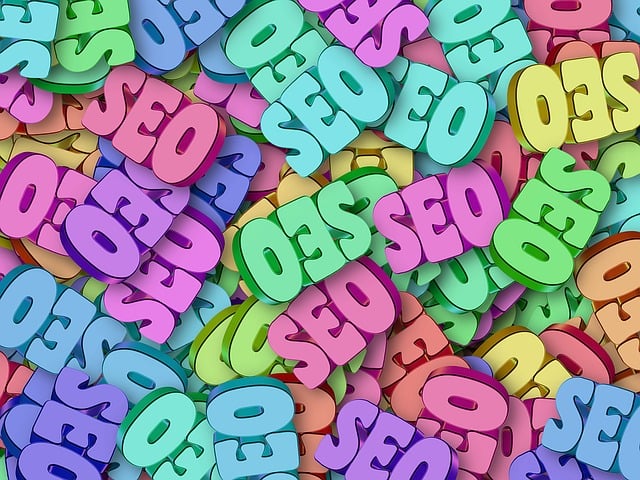
Minimizing HTTP requests and reducing loading time are key strategies in on-page SEO to enhance user experience and search engine rankings. Each additional HTTP request introduces a slight delay, impacting page speed. To streamline this process, consider consolidating resources by combining and minifying CSS and JavaScript files. This reduces the number of requests and minimizes download times for these critical components. Additionally, optimizing images by compressing them without sacrificing quality can significantly cut down on loading times, as large image files are a common culprit in slow-loading pages.
Further, leveraging browser caching allows previously loaded resources to be retrieved from the user’s device instead of making new requests, thus speeding up subsequent page loads. Utilizing content delivery networks (CDNs) is another effective technique; CDNs distribute content across multiple servers globally, reducing latency and ensuring faster delivery of static assets to users from their nearest server location. These strategies collectively contribute to improved on-page SEO by boosting page speed, a critical factor that search engines consider when ranking websites.
The Importance of Compressing Images and Other Media

In the realm of On-Page SEO, optimizing media elements like images and videos is a crucial step to enhance page speed. These visual components significantly contribute to a website’s overall load time, impacting user experience and search engine rankings. Compressing images reduces their file size without noticeable quality loss, leading to faster loading pages. This optimization technique ensures that visitors don’t abandon sites due to slow performance, encouraging them to browse and interact longer.
By integrating efficient image compression strategies, web developers can create a seamless digital experience. It involves choosing the right formats (like JPEG, PNG, or WebP) tailored to specific media types and using tools to compress files without compromising visual quality. This simple yet effective approach not only benefits SEO but also sets the foundation for a high-performing website.
Leveraging Browser Caching for Faster Subsequent Loads
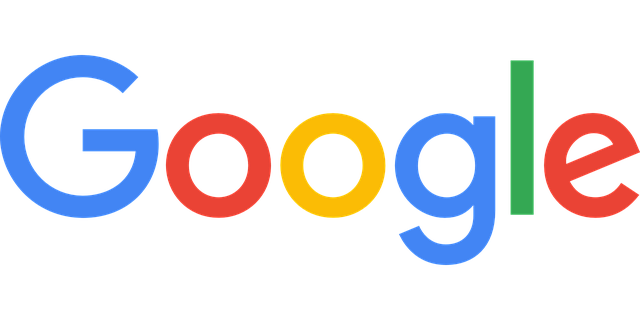
Leveraging browser caching is a powerful strategy under on-page SEO that significantly enhances user experience and search engine rankings. By enabling caching, web browsers store copies of resources like images, CSS files, and JavaScripts locally after the initial page load. Subsequent visits to the same URL then allow the browser to retrieve these assets from its cache, drastically reducing the time taken to display the webpage. This not only improves page speed but also ensures a smoother, faster user experience, encouraging visitors to stay longer and interact more with your content.
Implementing effective caching practices involves setting appropriate headers like Cache-Control and Expires in your HTTP responses. These directives instruct browsers on how long to store resources locally, balancing between offering quick loads and ensuring content freshness. This simple yet effective on-page SEO technique can yield substantial benefits, making it an essential component of any website optimization strategy aimed at boosting search engine rankings and user satisfaction.
Implementing Lazy Loading: A Strategy for Efficient Resource Loading

Implementing Lazy Loading is a powerful strategy within On-Page SEO to optimize resource loading and significantly enhance page speed. This technique delays the loading of specific resources until they are needed, typically when a user scrolls to them or interacts with certain elements on the page. By prioritizing visible content first, lazy loading ensures that your website’s initial load time is reduced, providing a better user experience and search engine rankings.
For instance, if you have a long article or gallery with numerous images, lazy loading ensures that only the resources in the immediate view are loaded initially. As users scroll down, resources for the next visible section are then loaded efficiently. This approach is especially beneficial for websites with dynamic content, ensuring that page speed remains consistent even as new data is fetched and displayed.
Tools for Analyzing and Measuring Web Page Performance

When optimizing your website’s speed for search engine optimization (SEO), understanding where to begin is crucial. One of the first steps involves utilizing powerful tools designed to analyze and measure web page performance. These tools provide valuable insights into various aspects of your site, from loading times to resource usage. Google PageSpeed Insights stands out as a go-to option, offering both desktop and mobile assessments tailored to suggest improvements for faster loading. Another popular choice is GTmetrix, which breaks down performance metrics in detail, helping identify areas needing attention within your on-page SEO strategies.
These analytics tools provide more than just numbers; they offer actionable recommendations. By interpreting the data, you can make informed decisions about image optimization, minification of code, caching strategies, and browser rendering—all key factors contributing to a site’s speed and user experience. Remember, faster page load times not only enhance user satisfaction but also signal to search engines that your website is efficient, potentially boosting your SEO rankings.
Best Practices for Continuous Page Speed Optimization
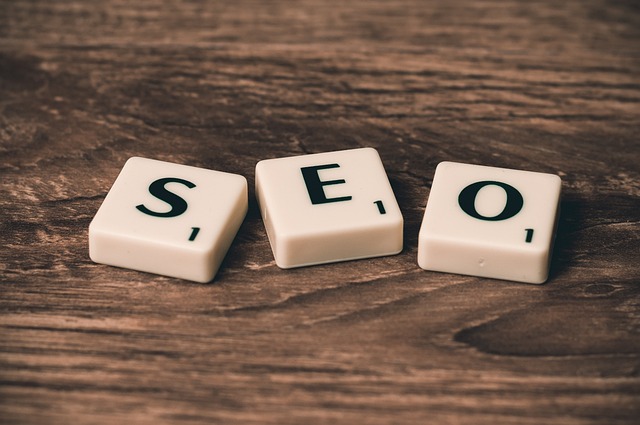
Maintaining optimal page speed is an ongoing process, and implementing best practices for continuous optimization is essential for any successful On-Page SEO strategy. Regularly auditing your website’s performance using tools like Google PageSpeed Insights or GTmetrix can help identify areas of improvement. These tools provide detailed insights into load times, and they offer actionable recommendations to enhance speed.
One effective practice is minimizing the size of media assets without compromising quality. Compressing images and videos ensures faster download times while preserving visual appeal. Additionally, leveraging browser caching allows previously loaded resources to be stored temporarily, speeding up subsequent page loads. Regularly updating and optimizing your website’s code, removing unused plugins or scripts, and utilizing a content delivery network (CDN) are other strategies that contribute to sustained improvement in page speed.
